

Original Article - Year 2024 - Volume 39 - Issue 4
Translation and Content Validation of the Plastic Surgery Milestones Project 2.0 for the Portuguese Language
Tradução e validação de conteúdo do Plastic Surgery Milestones Project 2.0 para a língua portuguesa
ABSTRACT
Introduction The assessment of skills acquired during plastic surgery residency remains challenging. The present study aimed to validate The Plastic Surgery Milestones Project 2.0-a tool used to assess the competencies developed by plastic surgery residents in programs accredited by the Accreditation Council for Graduate Medical Education (ACGME)-to enable its use in plastic surgery residency programs in Brazil.
Materials and Methods The process involved obtaining authorization from the ACGME, translating the instrument into Portuguese, adaptation by plastic surgery experts, content validation based on theoretical frameworks, and back translation to assess semantic equivalence.
Results The adapted instrument remained similar to the original after considerations and adjustments made by Brazilian experts. With the back translation, which was evaluated by a medical education expert and the ACGME, the adequacy of the translation was confirmed, which enabled the validation of the content of the instrument for the context of plastic surgery in Brazil. The similarity between Brazilian and international competencies facilitated this successful adaptation.
Conclusion The translation and adaptation of the Milestones instrument for the Brazilian culture was successful, since it maintained the original's psychometric properties. The adapted version is ready for application. However, additional studies are necessary to validate its accuracy and reliability in Brazilian programs.
Keywords: clinical competence; education; medical; internship and residency; surgery; plastic; translation
RESUMO
Introdução A avaliação das competências adquiridas durante a residência médica em cirurgia plástica permanece desafiante. O objetivo deste estudo foi validar o instrumento The Plastic Surgery Milestones Project 2.0, ferramenta utilizada para avaliar as competências desenvolvidas pelos médicos residentes em cirurgia plástica dos programas credenciados no Conselho de Acreditação de Cursos de Graduação em Educação Médica (Accreditation Council for Graduate Medical Education, ACGME, em inglês) dos Estados Unidos, para possibilitar o uso nos programas de residência médica em cirurgia plástica no Brasil.
Materiais e Métodos O processo envolveu autorização do ACGME, tradução do instrumento para o português, adaptação por especialistas em Cirurgia Plástica, validação do conteúdo com base em referencial teórico e retrotradução para avaliar a equivalência semântica.
Resultados Os resultados indicaram que o instrumento adaptado se manteve semelhante ao original após considerações e ajustes realizados pelos especialistas brasileiros. Com a retrotradução, avaliada tanto por um especialista em educação médica quanto pelo ACGME, precursor do instrumento, atestou-se a adequação da tradução, o que permitiu a validação do conteúdo do instrumento para o contexto da cirurgia plástica no Brasil. A semelhança entre as competências brasileiras e internacionais possibilitou essa adaptação bem-sucedida.
Conclusão A tradução e adaptação do instrumento Milestones para a cultura brasileira foi bem-sucedida, e manteve as propriedades psicométricas do original, com a versão adaptada pronta para aplicação, embora estudos adicionais sejam necessários para validar sua acurácia e confiabilidade nos programas brasileiros.
Palavras-chave: cirurgia plástica; competência profissional; educação médica; internato e residência; tradução
Introduction
Plastic surgery is a medical specialty that has gained increasing significance in Brazil. According to the Brazilian Society of Plastic Surgery (Sociedade Brasileira de Cirurgia Plástica, SBCP, in Portuguese), Brazil is the second country in the world regarding the number of plastic surgeries performed, after the United States. These two countries have the largest absolute number of plastic surgeons, representing more than 30% of the world’s total.1
Surgeon Ivo Pitanguy is one of the main people responsible for the development of plastic surgery in Brazil. Pitanguy founded the School of Plastic Surgery of Rio de Janeiro (Escola de Cirurgia Plástica do Rio de Janeiro, in Portuguese) in 1960 and trained many renowned Brazilian plastic surgeons, becoming a world reference.2 From then on, plastic surgery in Brazil evolved rapidly, with the introduction of modern techniques and significant advances in the field.3 Today, the country is a center of excellence in plastic surgery, attracting patients from all over the world.4
To become a plastic surgeon in Brazil, one needs to complete a 6-year medical degree, pass the selection process for the general surgery residency program, which lasts 3 years, and then go through another selection process to enter the residency or specialization in plastic surgery. The program lasts 3 years and consists of theoretical and practical classes, in addition to internships in services accredited by SBCP.5
During the plastic surgery residency, which is regulated by the Brazilian Ministry of Education and the Brazilian National Commission for Medical Residency, the resident physician has the opportunity to learn about several surgical techniques and aesthetic and reconstructive procedures, in addition to developing skills such as leadership, decisionmaking, teamwork, and communication.6
It is worth noting that the plastic surgery residency is extremely demanding, requiring a lot of effort and dedication from physicians who wish to become specialists. Moreover, it requires constant updating and continuous improvement regarding the surgical techniques and procedures. The training of qualified plastic surgeons is essential to ensure patient safety and the quality of the services provided in plastic surgery.
Currently, few methods are employed to evaluate resident physicians in Brazil. However, in the United States, there is a gradual interest in the “milestones” system in residency. These milestones are required to train a specialist physician in a given residency program.
The milestones are knowledge, skills, and attitudes regarding each competency of the Accreditation Council for Graduate Medical Education (ACGME), which are organized in levels with an ascending order, from the most basic to the most advanced.1-5 These levels intend to ensure that the resident physician achieves all the standards expected for specialized medical practice before the end of the residency program. For each predefined evaluation period, the student is allocated to one level of the residency milestones based on their performance. Allocation to a given level implies that the student has substantially reached the milestones of that level as well as the milestones of the more basic levels before it (►Fig. 1).7
Considering the evolution of residency programs abroad that follow the internationally-validated milestones of the instrument The Plastic Surgery Milestones Project 2.0, aiming to enable such assessment methods in plastic surgery residency in Brazil, and knowing that the direct application of this instrument in different cultural contexts requires careful adaptations to ensure its validity and suitability in each specific environment, the present study aimed to translate and validate the content of this instrument to certify that plastic surgery residents completing the program are prepared for the job market and have all the required skills to be considered specialists. This instrument will enable an analysis of the student’s progression throughout the residency and, as a result, lead to a better standardization of professional training in Brazil.
Objective
The present study aimed to translate and validate the content of The Plastic Surgery Milestones Project 2.0-a tool to assess the skills developed by plastic surgery residents in ACGME- accredited programs-for use in plastic surgery residency programs in Brazil.
Materials and Methods
The methodology adopted for this study began with obtaining authorization from the ACGME to use The Plastic Surgery Milestones Project 2.0 to evaluate plastic surgery residents in Brazil. Subsequently, the instrument was translated from the original language (English) into Portuguese by two translators trained in English and with experience in the health field.8 In cases of discrepancy between the translations, we synthesized the versions to ensure the coherence and accuracy of the translation.9
After the translation, an expert panel consisting of plastic surgery specialists and medical educators received the instrument to adapt it per their experience and practical knowledge.10
The instrument items underwent a detailed review, considering criteria such as clarity, relevance, and semantic equivalence. We assessed whether the items kept their comprehensibility and cultural relevance. To this end, the instrument was back translated into the original language (English) to compare and reconcile the translated items, thus ensuring semantic equivalence.
A qualified translator fluent and proficient in English, residing in the target country of the study, performed the back translation.11 Next, the instrument underwent a semantic check by a medical educator to confirm its adequate adaptation to the specific context of the study. In addition, the ACGME reviewed the back translation and provided us with positive feedback regarding it, corroborating the adapted instrument’s fidelity and adequacy.
Results
Fig. 2 shows the translation into Portuguese and content validation stages of The Plastic Surgery Milestones Project 2.0.
It is worth noting that the back translation demonstrated that the Portuguese version corresponded to the English version, reiterating the lack of significant semantic divergence between the two translations.
The initial translations into Portuguese presented semantic similarity, that is, there was agreement regarding the meaning of the words and the relationship between them in the two independent versions. However, in some circumstances, the different translators chose different words with similar meanings when translating the same term (such as “the milestones were created” versus “the milestones were developed”). We reviewed the translations in a meeting and selected and unified the best-translated version in terms of understanding and adaptation to the Brazilian scenario. The unified translation was presented to plastic surgery preceptors from all over Brazil, who pointed out potential errors in the translation of specific words within the scope of plastic surgery. Next, a final version was prepared.
The final version was sent, with the required corrections, for back translation by a specialized translator to enable its analysis by the ACGME and confirm the semantic equivalence of the project.
The Plastic Surgery Milestones Project, in its original version, is a 22-page document containing several clinical situations in aesthetic and reconstructive plastic surgery. It addresses issues related to the doctor-patient interaction and theoretical and practical medical knowledge (►Figs. 3-5).
Discussion
The lack of instruments to assess medical skills in plastic surgery in Portuguese led us to identify The Plastic Surgery Milestones Project 2.0 as an appropriate internationallyvalidated instrument available in English. The methodology employed ensures that the translated version may be Applied in experimentally to plastic surgery residency programs in Brazil to effectively assess the competencies and skills of residents.
The assessment instrument was translated and adapted after approval by the ACGME, following previously-established translation and content-validation standards. There were no difficulties in understanding any of the questions during this process. The instrument is recognized and widely used in the United States in various medical services and subspecialties, and is efficiently applied in clinical settings, enabling the assessment of professionalism, communication skills, and medical knowledge.
Residents undergo an assessment and receive grades on competency scales and developmental milestones throughout the year, which enables them to recognize limitations and deficiencies to improve them. Furthermore, competency-based training enables a more uniform curriculum development for medical residency schools.12 The purpose is to make specialist training programs more appropriate regarding current demands, making specialist physicians competent to work in public and private services, whether in large centers or not.
We used translation and content-validation methodologies to ensure the semantic and conceptual accuracy of the instrument. In addition to the ACGME, we consulted a native Portuguese-speaking medical educator to review the back translation and confirm semantic equivalence. The limitations of the present study included regional differences and particularities in Brazil and the need for additional instrument validation as a pretest to ensure the generalizability of the results.
The possibility of using this instrument as a method to evaluate and improve the quality of teaching in medical residency services provides society with better-prepared professionals. The Brazilian version of The Plastic Surgery Milestones Project 2.0 will enable the evaluation of the main deficiencies in plastic surgery services in the country and potentially improve medical education.
Conclusion
The translation and adaptation of The Plastic Surgery Milestones Project 2.0 to the Brazilian culture was successful. We did not include or exclude items from the original questionnaire, preserving its psychometric properties. The adapted version is easy to administer, and we propose its annual application to residents in their 3-year residency, similar to the annual test proposed by the Department of Teaching and Accredited Services (Departamento de Ensino e Serviços Credenciados, DESC, in Portuguese) of the SBCP. Although there is no evidence against the adequate translation and content validation of The Plastic Surgery Milestones Project 2.0 to the Brazilian version, further studies are required to verify its accuracy and reliability in plastic surgery residency programs in Brazil.
REFERENCES
1. https://www.isaps.org/discover/about-isaps/global-statistics/reports-and-press-releases/ global-survey-2021-full-report-and-press-releases/
2. Loeb R. Historia Da Cirurgia Plástica Brasileira: 150 Anos De Evolução. Medsi; 1993
3. Lúcia Maria Mélega. CIRURGIA PLÁSTICA: FUNDAMENTOS E ARTE. Medsi; 2002
4. Rohrich RJ, Stuzin JM. Globalization of plastic surgery: the world of plastic and reconstructive surgery in Brazil. Plast Reconstr Surg 2012; 130(04):967-968. https://journals.lww.com/plasreconsurg/Fulltext/2012/10000/Globalization_of_Plastic_Surgery The_World_of.42.aspx cited 2023 Apr 30 [Internet]
5. Brasil; Sociedade Brasileira de Cirurgia Plástica. Regimento Interno de Condutas - Sociedade Brasileira de Cirurgia Plástica. 2010:15-16
6. Comissão Nacional de Residência Médica. MATRIZ DE COMPETÊNCIAS - CIRURGIA PLÁSTICA. 2019
7. ACGME. The Plastic Surgery Milestone Project 2.0. 2021
8. Beaton DE, Bombardier C, Guillemin F, Ferraz MB. Guidelines for the process of cross-cultural adaptation of self-report measures. Spine 2000;25(24):3186-3191
9. Pernambuco L, Espelt A, Magalhães HV, Lima KC. Recomendações para elaboração, tradução, adaptação transcultural e processo de validação de testes em Fonoaudiologia. CoDAS 2017;29(03): e20160217. https://www.scielo.br/j/codas/a/bqVXnGBfkCJBn3VPQ8SdXvG/?lang=pt cited 2024 Jan 6
10. Rubio DMG, Berg-Weger M, Tebb SS, Lee ES, Rauch S. Objectifying content validity: Conducting a content validity study in social work research. Soc Work Res 2003;27(02):94-104 cited 2024 Jan 6. Doi: 10.1093/swr/27.2.94
11. Acquadro BC, Conway K, Girourdet C. Linguistic Validation Manual for Patient-Reported Outcomes (PRO) Instruments, By C. Acquadro, K. Conway, C. Girourdet & I. Mear, MAPI ResearchTrust, Lyon, France, 2004,184 pp, ISBN: 2-9522021-0-9, price €70/$90. Qual Life Res 2005;14(07):1791-1792. Available from: https://link.springer.com/article/10.1007/s11136-005-5367-1
12. Swing SRInternational CBME Collaborators. Perspectives on competency-based medical education from the learning sciences. Med Teach 2010;32(08):663-668. https://www.tandfonline.com/doi/abs/10.3109/0142159X.2010.500705 cited 2024 Jul 22
1. Master Program in Teaching in Health Sciences, Faculdades Pequeno Príncipe, Curitiba,
PR, Brazil
2. Plastic Surgery and Reconstructive Microsurgery Service, Instituto Nacional de
Câncer (INCA), Rio de Janeiro, RJ, Brazil
3. Department of Cell Biology & Physiology, School of Medicine, University of New
Mexico, Albuquerque, NM, United States
4. Medicine Program, Universidade Federal do Paraná, Curitiba, PR, Brazil
Address for correspondence Dunia Verona, Mestrado em Ensino nas Ciências da Saúde, Faculdades Pequeno Príncipe, Curitiba, PR, Brazil (e-mail: veronadunia@gmail.com duniaverona@hotmail.com).
Article received: July 22, 2024.
Article accepted: November 16, 2024.
Conflict of interests
The authors have no conflict of interests to declare.



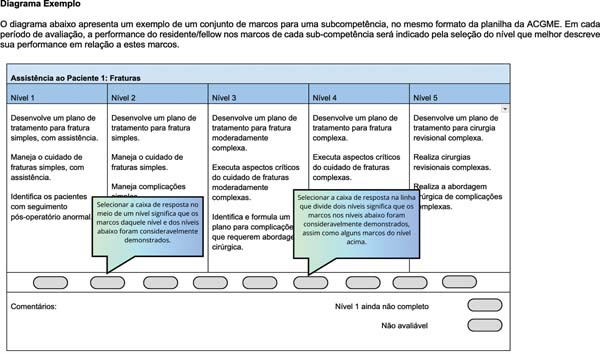

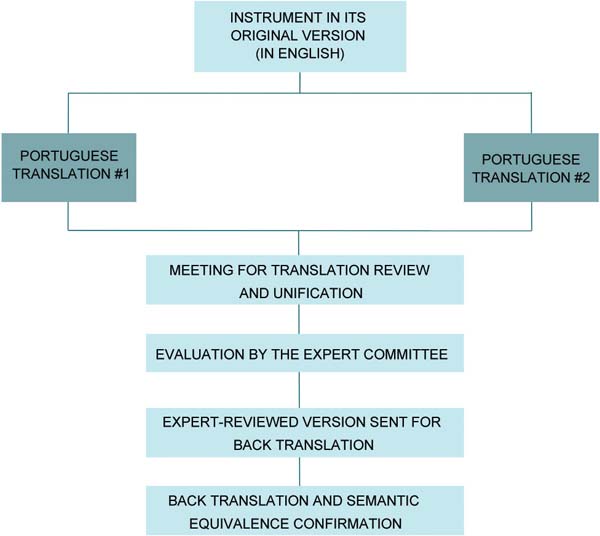

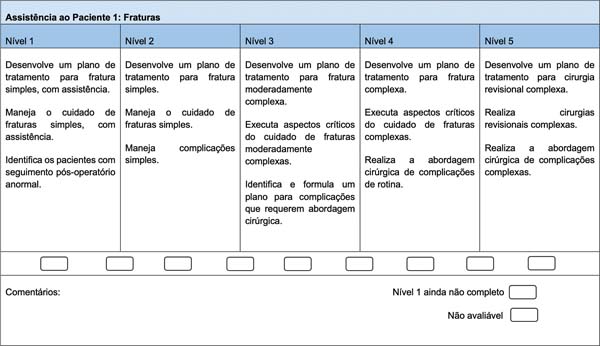

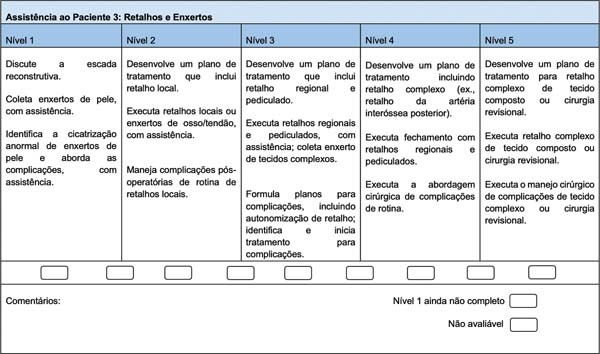

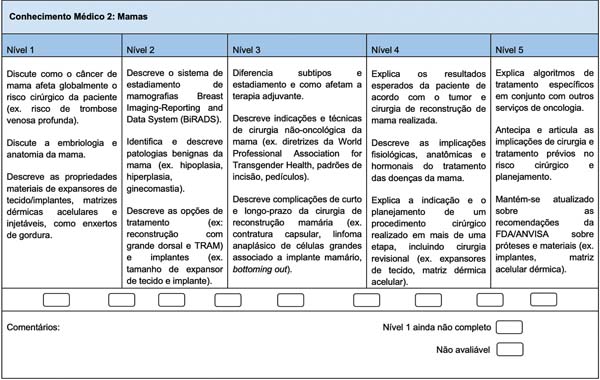

 Read in Portuguese
Read in Portuguese
 Read in English
Read in English
 PDF PT
PDF PT
 Print
Print
 Send this article by email
Send this article by email
 How to Cite
How to Cite
 Mendeley
Mendeley
 Pocket
Pocket
 Twitter
Twitter